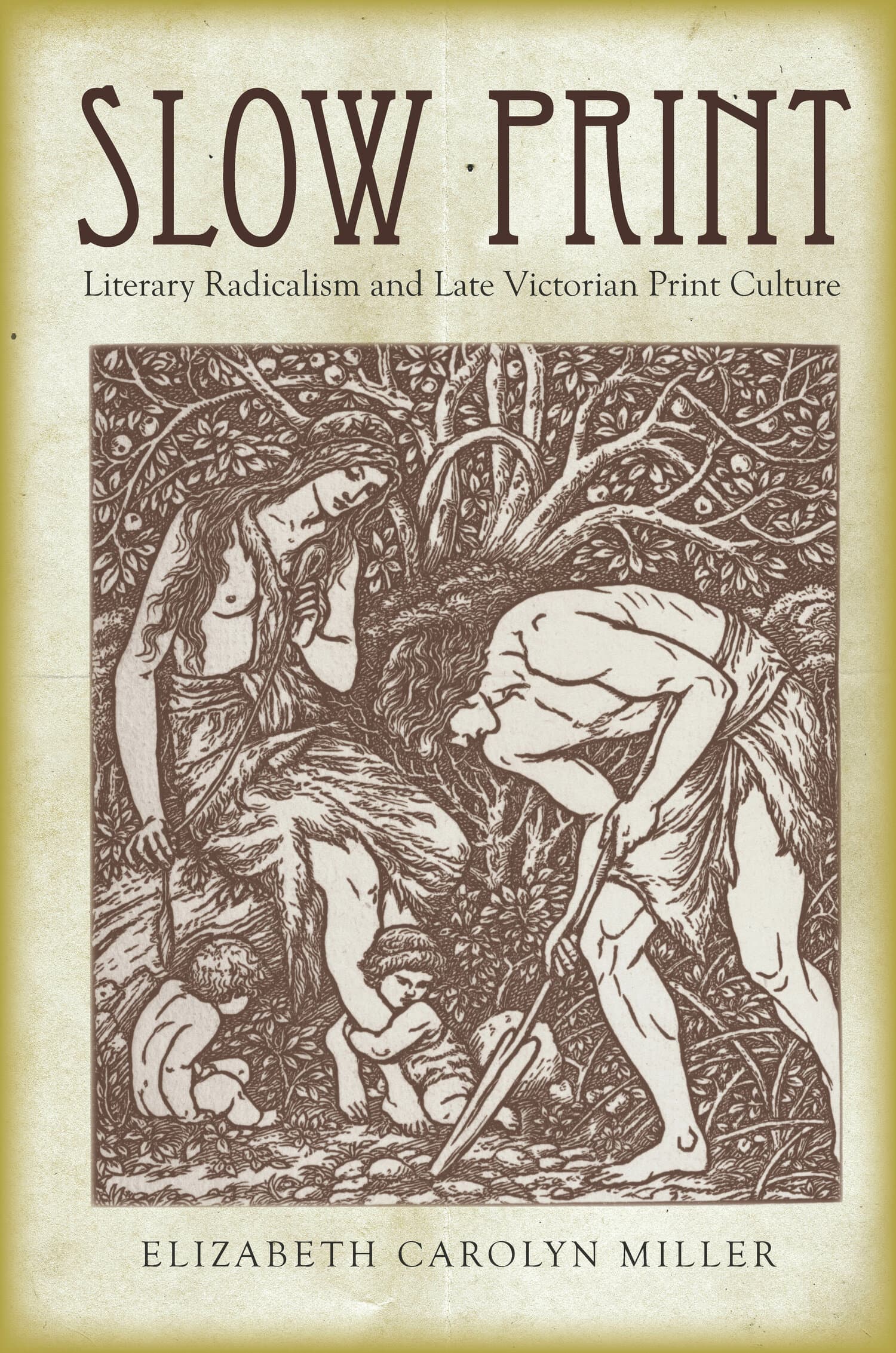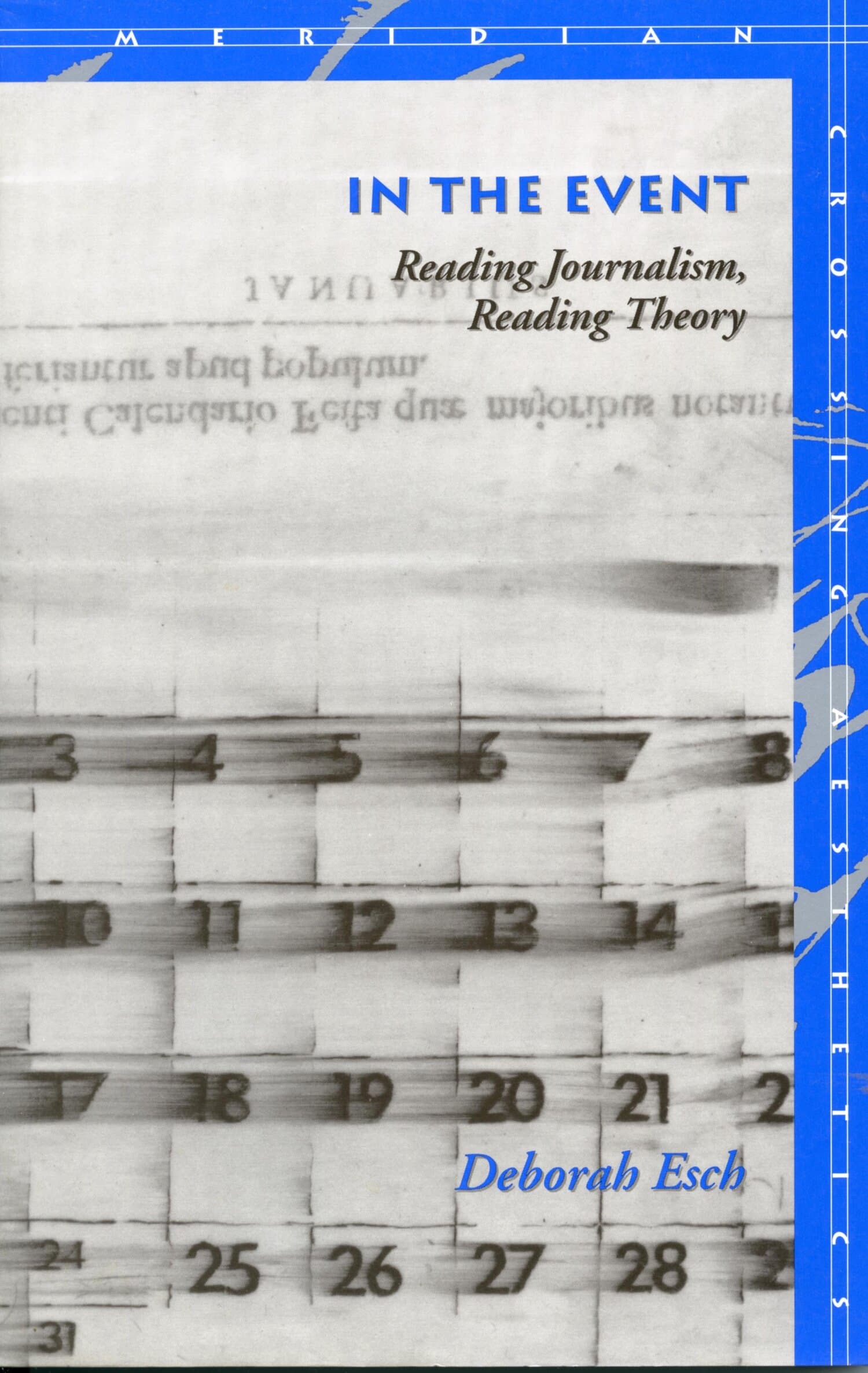Reading Typographically
Also Available from

Anxieties about the fate of reading in the digital age reveal how deeply our views of the moral and intellectual benefits of reading are tied to print. These views take root in a conception of reading as an immersive activity, exemplified by the experience of "losing oneself in a book." Against the backdrop of digital distraction and fragmentation, such immersion leads readers to become more focused, collected, and empathetic.
How did we come to see the printed book as especially suited to deliver this experience? Print-based reading practices have historically included a wide range of modes, not least the disjointed scanning we associate today with electronic text. In the context of religious practice, literacy's benefits were presumed to lie in such random-access retrieval, facilitated by indexical tools like the numbering of Biblical chapters and verses. It was this didactic, hunt-and-peck reading that bound readers to communities.
Exploring key evolutions in print in 17th- and 18th-century France, from typeface, print runs, and format to punctuation and the editorial adaptation of manuscript and oral forms in print, this book argues that typographic developments upholding the transparency of the printed medium were decisive for the ascendancy of immersive reading as a dominant paradigm that shaped modern perspectives on reading and literacy.
—George Hoffmann, University of Michigan
"This is a fascinating study. Reading Typographically is an important contribution to our histories of reading, and essential for students and historians of reading."
—Jennifer Richards, University of Cambridge
"This provocative and exciting book considers how typographical devices were used for erasing the perception of the materiality of the text and create an unmediated relationship between the reader and characters' voices or the writer's heart. Important and innovative."
—Roger Chartier, Collège de France
"Brilliantly joining literary criticism with book history, this superbly researched study explores the emergence in the 18th century 'reading revolution' of a new kind of 'immersive' reading, abetted by new kinds of page layout and typography.... Highly recommended."—D. L. Patey, CHOICE




